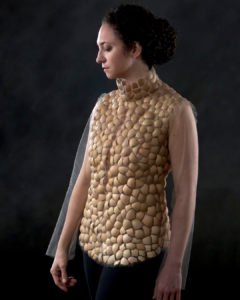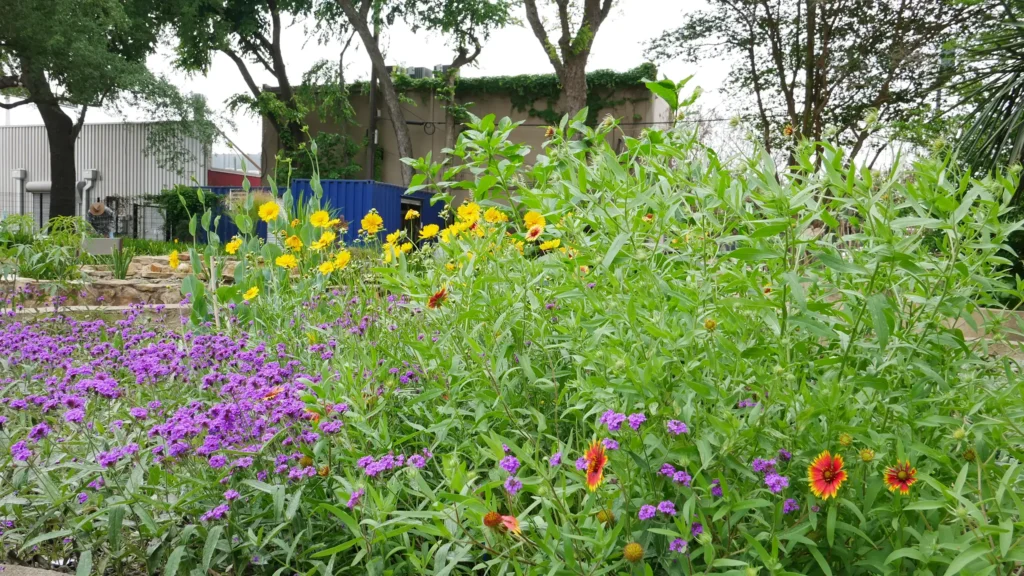The piece: “Magic Garden”
The artist: Mundy Hepburn
Where: In the show “Light Charmer: Neon and Plasma in Action,” through May 13 at Houston Center for Contemporary Craft
Why:The artworks of this exhibition all entice viewers with a colorful glow and some kind of kinetic charge. A few gain their sense of movement from sections of neon lights that blink on and off. One combines light, sound, electricity and toys. Another is designed to be pulled like a toy dog on a leash. And there’s a set of true “light sabers” that were brandished by their creators for an opening-night performance.
Mundy Hepburn’s “Magic Garden” fascinates me because it is just so darned odd. Its shape is utterly unexpected: an arrangement of blown-glass sculptures whose bulbous organic forms look like they could be swaying at the bottom of the ocean. Or maybe they are microscopic forms, many times magnified. Filaments of rare-gas mixtures dance around inside each fanciful “plant.”
While the show is about new ideas in contemporary neon and plasma art, Hepburn has experimented with gas and light since 1963, when he first attempted to melt an old light bulb on his parents’ kitchen stove.
These days he may be as famous in the world of glass and neon art as his late aunt, Katharine Hepburn, was in film. (He lives in the same town as she did, Old Saybrook, Conn.)
Using science based on the same principle as TV sets and florescent lights, he has invented gas mixtures, glass compositions, transformers and working techniques during his long career. He creates his own blown-gas forms, often with tools he has designed; fills the forms with brews of helium, neon argon, krypton and xenon; then activates the glass with high-frequency static electricity. And, voilà – the luminous, electrified inert gases create swirling light inside the glass.
“Magic Garden” shares a room with other plasma-filled sculptures that look as if they might have been borrowed from Dr. Frankenstein’s laboratory. Ashlin Williamson’s “Klein Ray Gun” is designed to appear as if it is firing when it is held by hand, because plasma reacts to the heat of human energy. Aaron Ristau’s dangerous-looking “Voltage Regulator” looks like it’s ready to blow. And Eric Franklin’s ominous, blown-glass skulls would be a marvel even if they weren’t illuminated from the inside.
–Moly Glentzner

